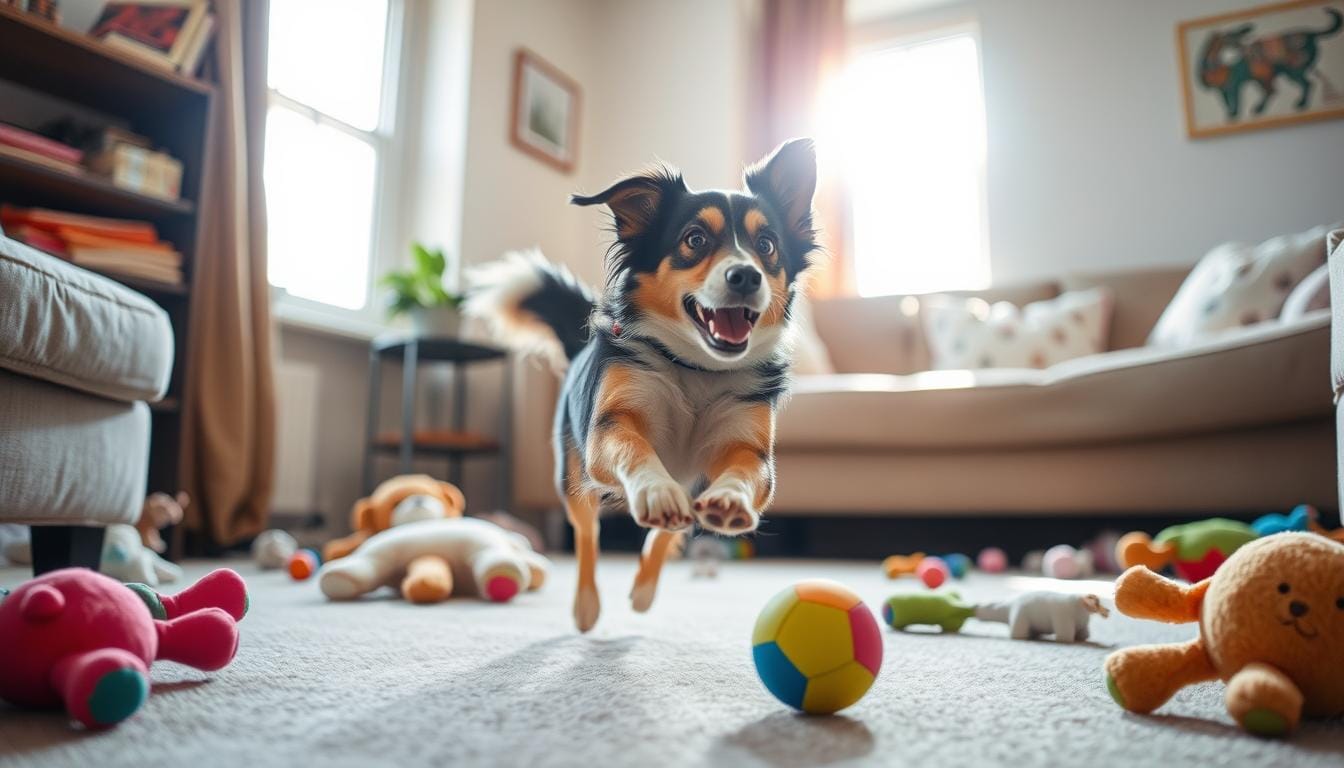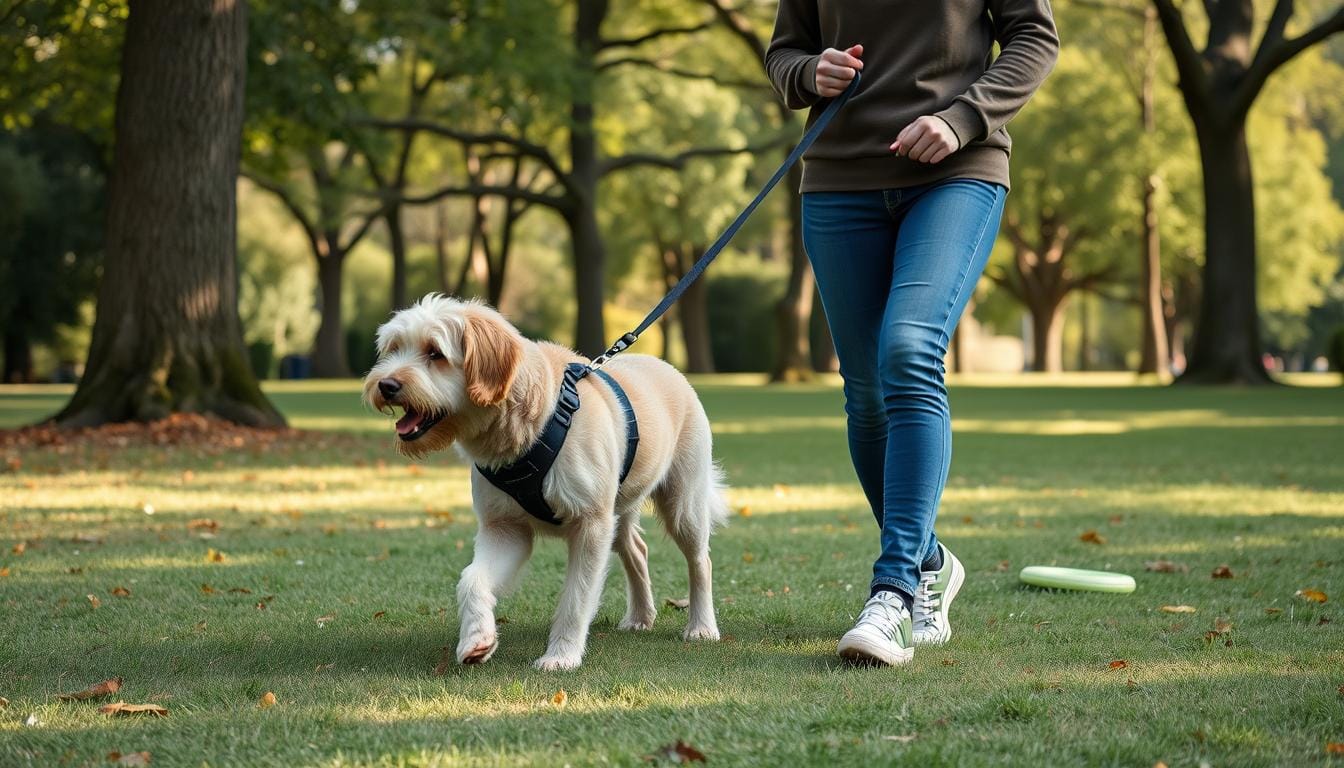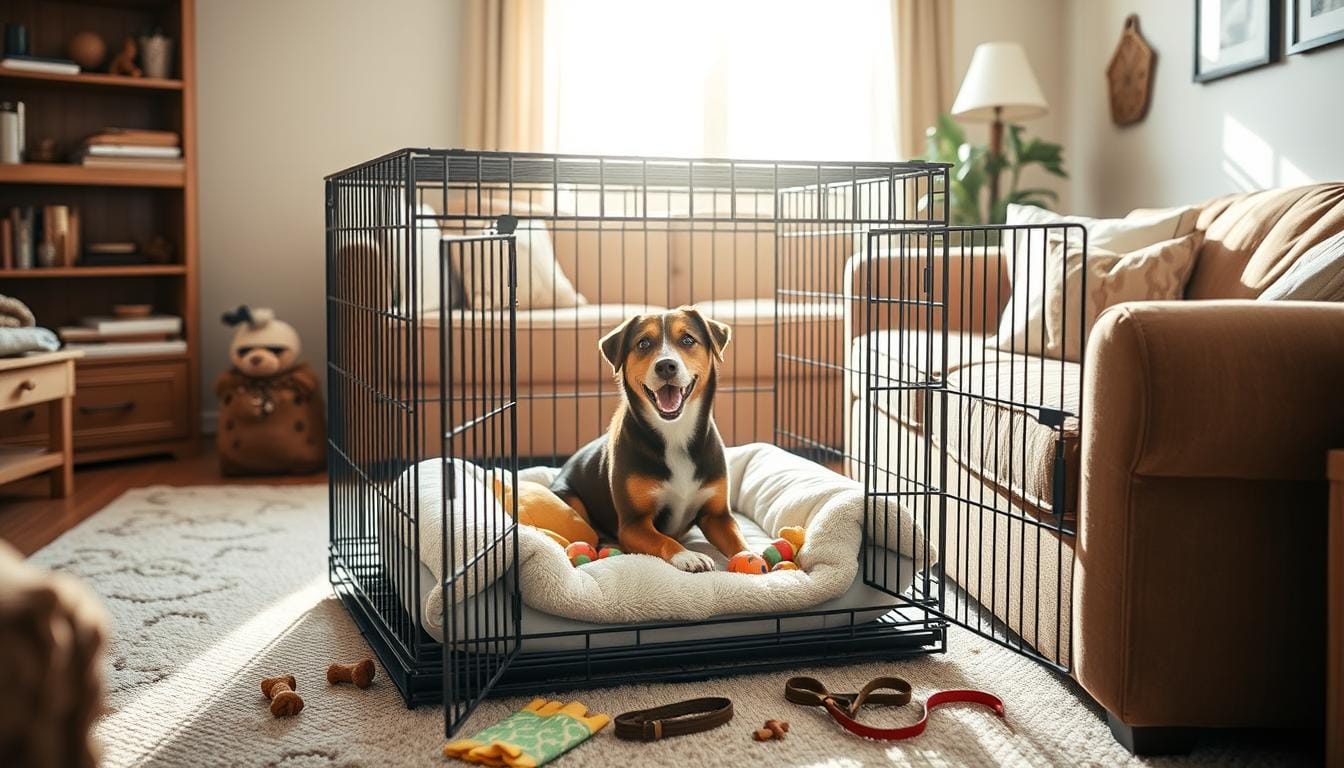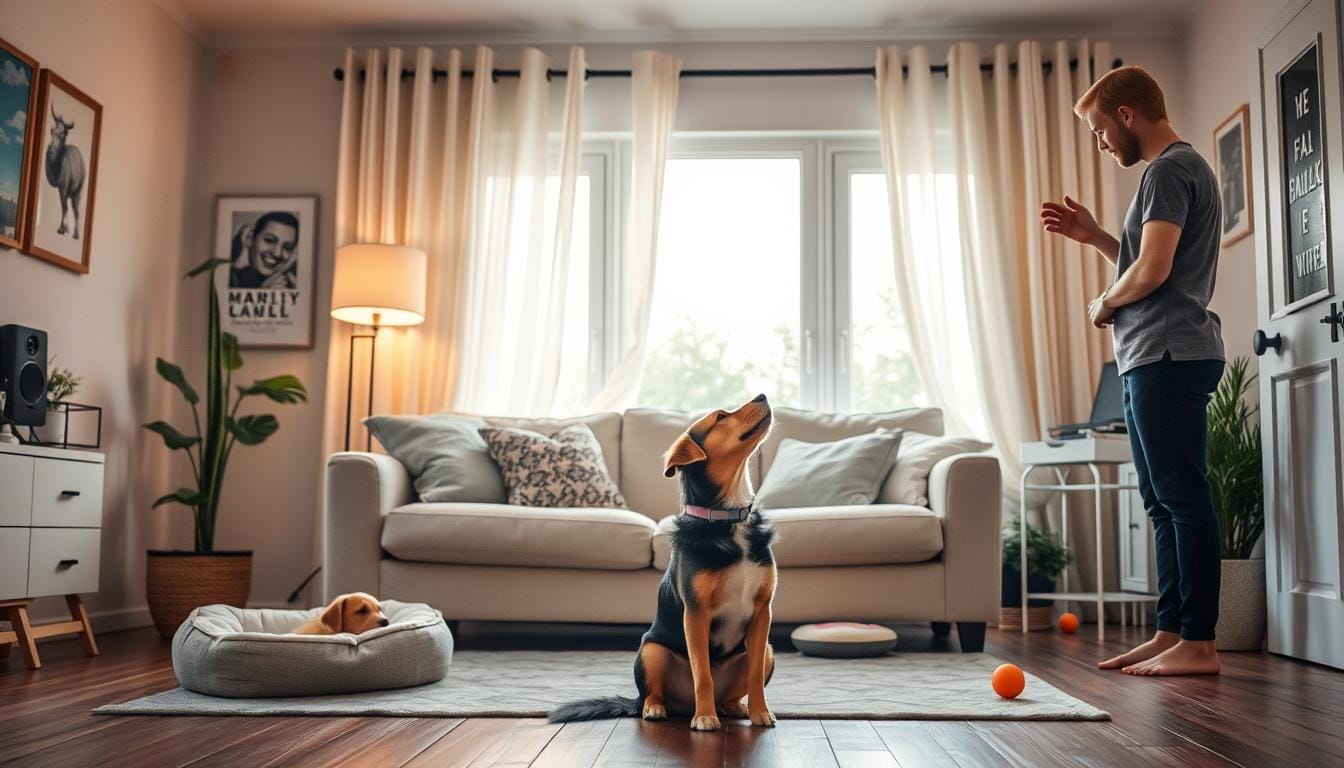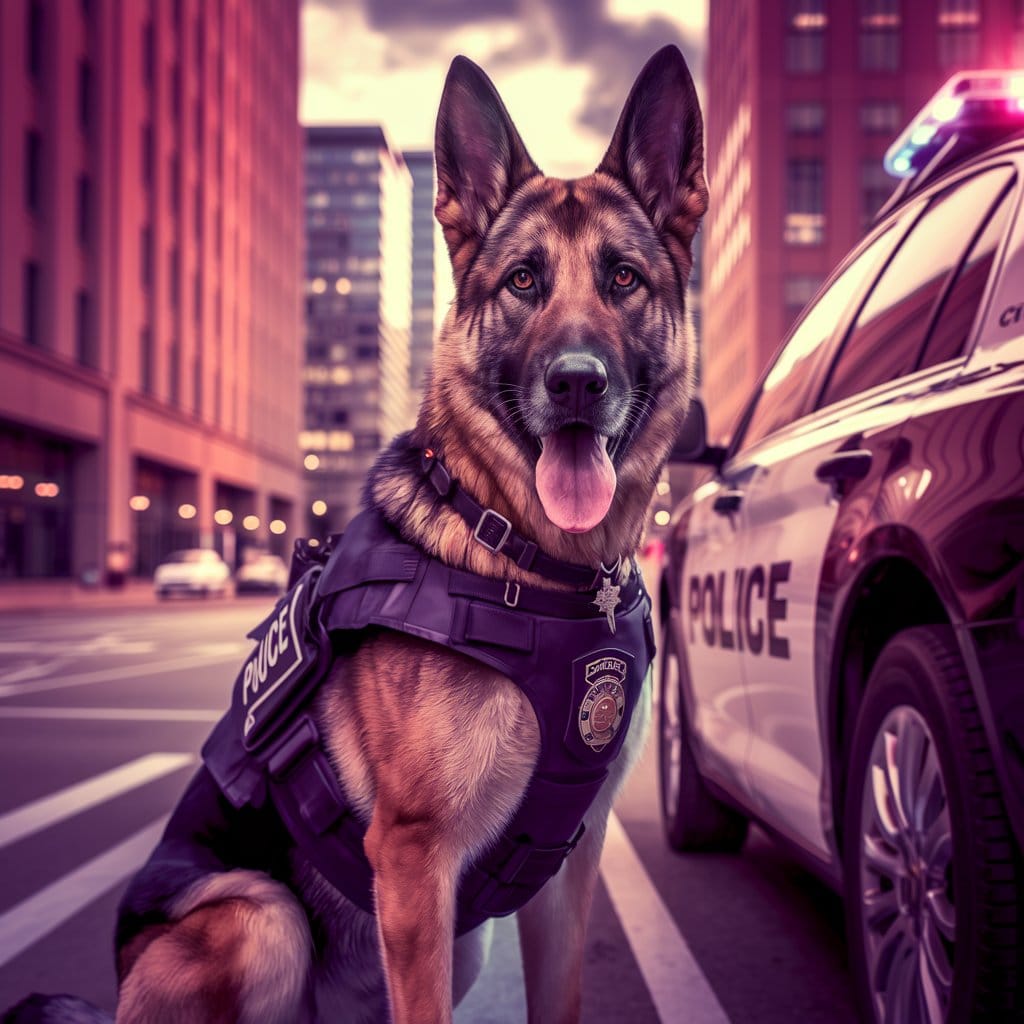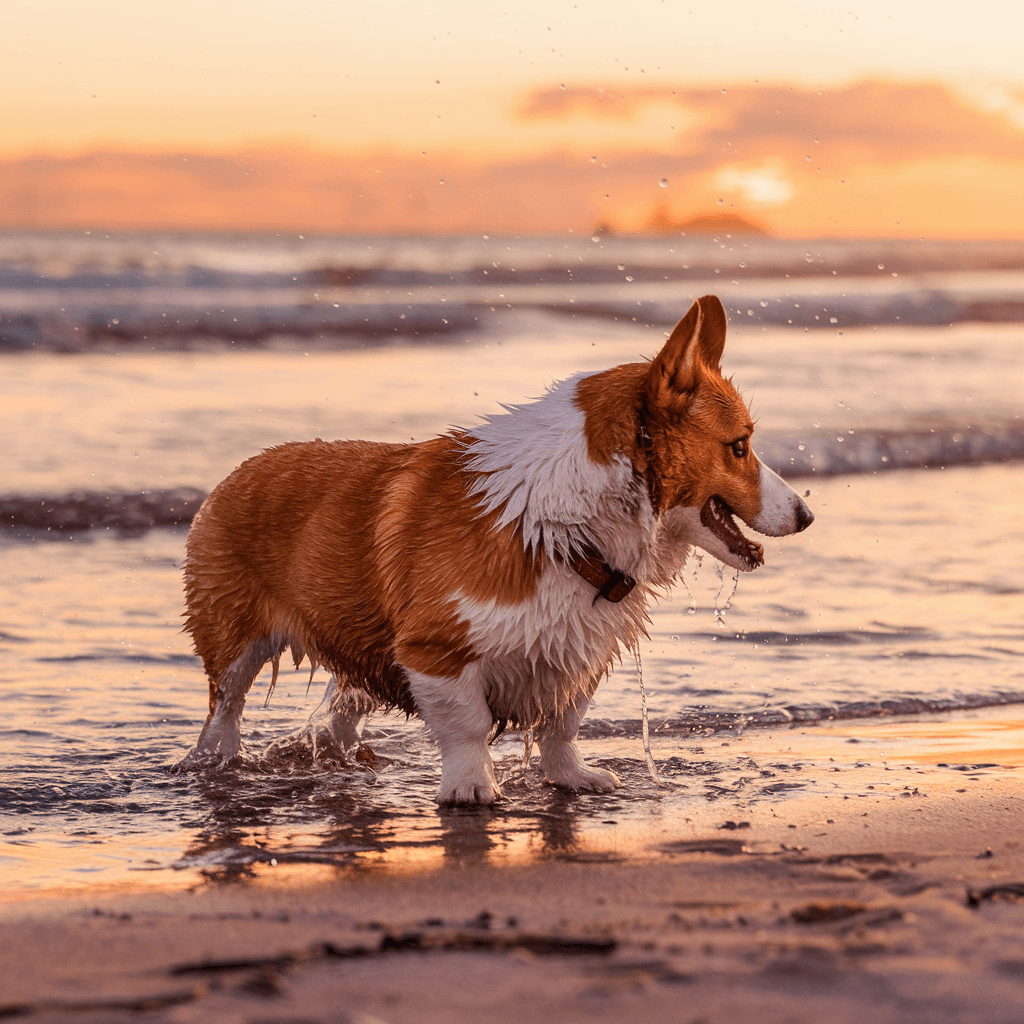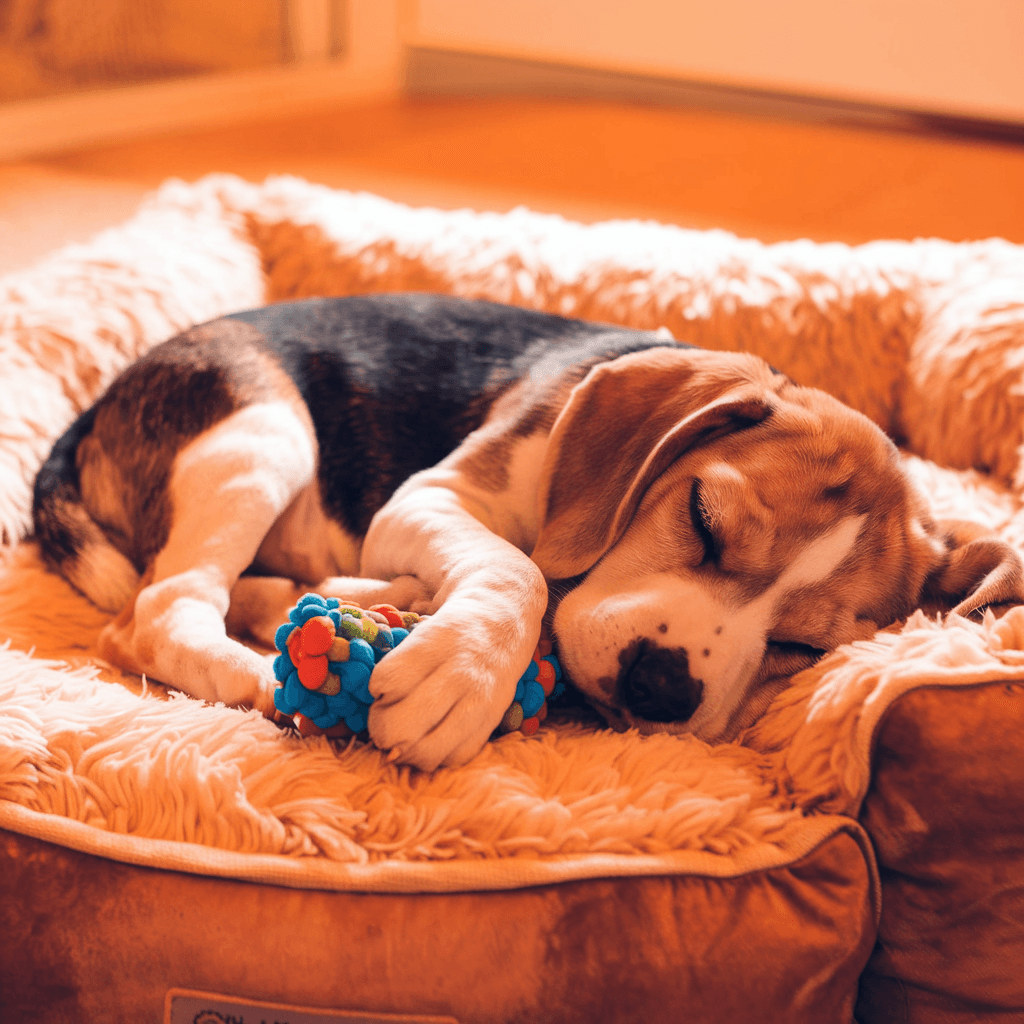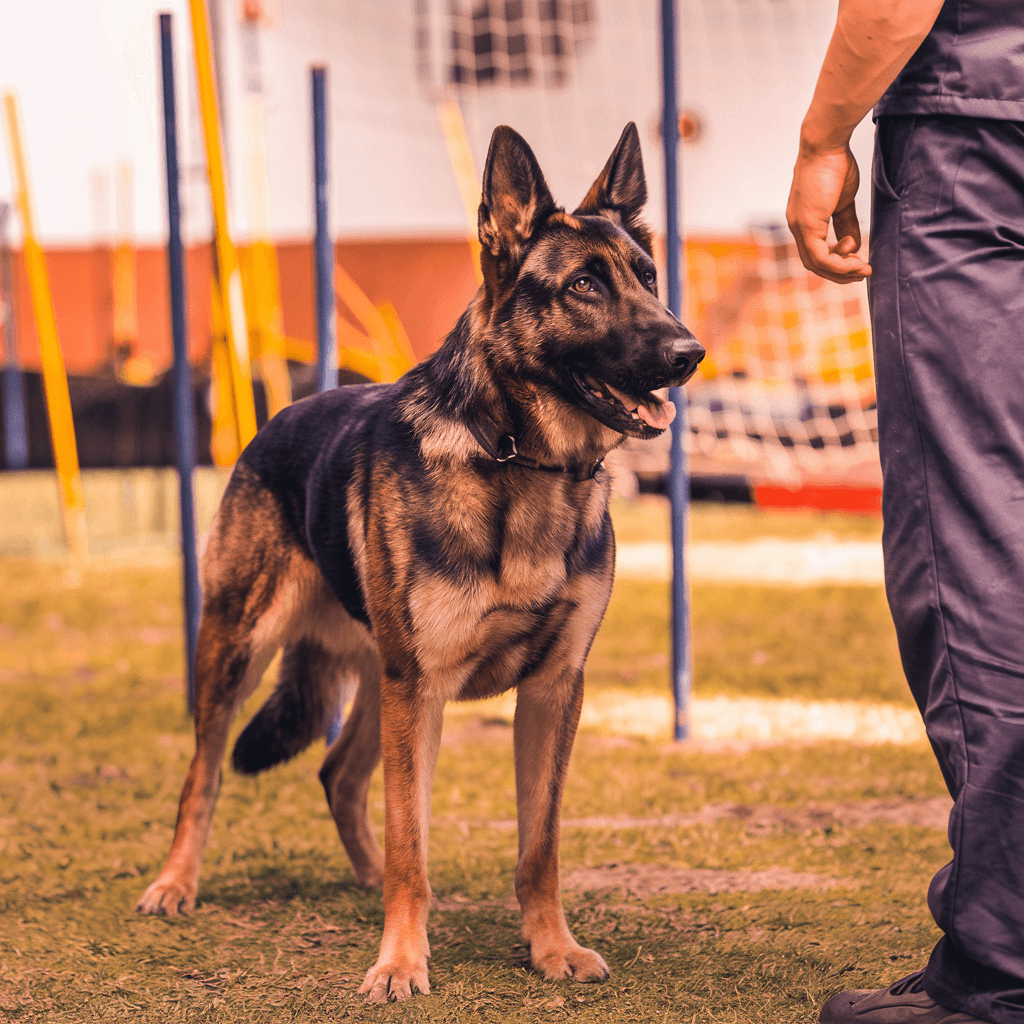Keeping your furry friend active indoors is easy. We know how important it is to keep dogs moving, especially when it’s raining outside. Let’s look at some fun indoor activities that will make your dog happy and active!
Dr. Hannah Weitzenfeld, a senior manager at the BC SPCA, says dogs need both physical and mental play. This is key for their happiness and health, especially for high-energy dogs. Even on rainy days, there are lots of ways to keep your dog busy and happy.
We have rainy day tips to keep your dog from getting bored. From making your own agility course to using puzzle toys, we’ve got you covered. These activities keep your dog’s body and mind sharp, making them happy and healthy.
Key Takeaways
- Indoor activities prevent cabin fever and maintain dog health
- Mental stimulation is as important as physical exercise
- DIY agility courses offer fun indoor exercise options
- Puzzle toys provide mental engagement for dogs
- Rainy day activities can be both fun and beneficial
- Regular indoor exercise helps prevent obesity and depression in dogs
Understanding Your Dog’s Indoor Exercise Needs
Dogs need regular exercise, but sometimes it’s hard to go outside. In northern California, where it rains a lot, it’s key to keep them active indoors. Let’s find out how to keep our furry friends moving and engaged at home.
Physical vs Mental Stimulation Requirements
Dogs need both physical and mental challenges. Running up and down stairs is great for burning energy. But, games that challenge their minds are just as important. Teaching them new tricks keeps their brains sharp and bodies active.
Signs of Insufficient Activity
Bored dogs can get destructive. If your dog can tear apart a Chewy box for hours, they need more to do. Food puzzles and stuffed Kongs are good, but make sure dogs play alone for safety.
Benefits of Indoor Exercise
Indoor exercise has many benefits for dogs:
- Keeps them fit
- Prevents boredom and bad behavior
- Strengthens the bond with their owners
- Keeps their minds active
- Helps with weight management
| Dog Type | Exercise Needs | Recommended Indoor Activities |
|---|---|---|
| Puppies | Short, frequent bursts | Hide-and-seek, short training sessions |
| High-energy breeds | Intense, longer sessions | Treadmill, agility courses |
| Senior dogs | Gentle, regular exercise | Food puzzles, low-impact games |
By knowing what our dogs need and using different indoor activities, we can keep them healthy and happy, rain or shine.
Indoor Dog Activities, Dog Exercise, Rainy Day Tips, Active Dog
Rain or shine, it’s key to keep our furry friends active. We’ve got fun indoor dog training ideas to fight boredom. From teaching dog tricks to setting up a mini dog agility course, there’s plenty of fun!

Did you know dogs love new toys more than old ones? A 2008 study by German and UK universities found this out. Change up your pup’s toys to keep them interested. For rainy days, try these activities:
- Set up a DIY obstacle course using household items
- Play hide-and-seek with treats (90% success rate in teaching this game)
- Create puzzle toys from egg cartons for mental stimulation
- Have indoor fetch sessions in a safe area
Mental exercises are as important as physical ones. Trick training sessions keep your dog’s mind sharp and active. Start with simple commands and make them harder as they get better.
“A tired dog is a good dog.” – Cesar Millan
For social dogs, doggy daycare is a great option. Pittsburgh has many places where dogs can play and meet others. A bored dog might act out, so keep them busy with different activities.
Grooming on rainy days is great for bonding and reducing allergens. Some dogs even enjoy watching animal shows on TV! With these tips, your furry friend will stay active and happy, rain or shine.
Creating an Indoor Exercise Routine
Keeping your dog fit at home is key for their health. We’ve got tips to help you create a regular indoor dog training routine. It should mix physical and mental challenges.
Establishing a Schedule
Set times for dog fitness at home. Aim for two to three 15-minute sessions each day. This makes your dog look forward to their exercise.
Balancing Activity Types
Vary your indoor dog training with different activities. Include physical exercises like stair runs and mental challenges with puzzle toys. Also, add short obedience drills. This variety keeps your dog interested and prevents boredom.
Adapting Outdoor Games for Indoor Play
Be creative with indoor versions of outdoor games. Try hallway fetch or hide-and-seek in the house. These indoor versions keep your dog excited and active.
“Indoor exercise isn’t just about physical activity. It’s about creating a stimulating environment that keeps your dog happy and healthy.”
The secret to successful dog fitness at home is variety and consistency. By adding these to your routine, your pup will stay active and happy, no matter the weather.
Interactive Games and Training Sessions

Dogs are incredibly smart, learning up to 165 words, says the American Psychological Association. We can use this smarts with games and training. These activities keep our dogs happy and strengthen our bond.
Indoor games are great for rainy days or when it’s too cold outside. The Hounds Lounge pack lists six types of dog games, including indoor ones. Hide-and-seek boosts your dog’s IQ and is fun. The Easter egg hunt also sharpens their sense of smell.
Training sessions are great for mental exercise and teaching obedience. The American Kennel Club suggests starting indoors to teach commands like “come.” Games like Stop and Go make learning “come” and “stay” fun.
Teaching dog tricks is another fun way to engage your pet. Try teaching them to “put it away” and clean up. This keeps your home clean and mentally stimulates your dog.
For high-energy dogs, tug toys are a great choice. You can also make puzzle toys from items like muffin tins. These games challenge your dog’s problem-solving skills and keep them busy for hours.
Consistency is important. Spend 5-10 minutes daily on these activities. This keeps your dog sharp and well-behaved. With these games and training, you’ll have a happy and mentally sharp pup!
Setting Up an Indoor Agility Course
Creating a dog agility course indoors is a great way to keep your dog active and happy. Agility exercises provide physical and mental stimulation, which is essential for your pet’s health. Let’s look at how to set up a safe and fun indoor agility course for your dog.
DIY Obstacle Course Elements
You don’t need to spend a lot of money to create a fun course. Use items you have at home to build obstacles:
- Jump bars: Use broom handles or PVC pipes balanced on stacks of books
- Weave poles: Arrange tall, empty water bottles in a line
- Tunnels: Drape blankets over chairs
- Pause table: Use a sturdy, low coffee table or ottoman
These simple items can turn your living space into a thrilling dog agility course.
Safety Considerations
When setting up an indoor agility course, safety is crucial. Remove breakable items and make sure all surfaces are slip-resistant. Use soft materials for jumps to prevent injuries. Always watch your dog during training and talk to your vet before starting any new exercise.
Progressive Training Tips
Start with simple obstacles and gradually make them harder as your dog gets more confident. Use treats and positive reinforcement to encourage your dog. Begin with low jumps and short tunnels, then increase the height and length of jumps and tunnels. Remember, patience is key in indoor dog training. Celebrate small victories and make each session fun and rewarding for your furry friend.
By adding these elements to your dog’s routine, you’ll create an engaging indoor agility course. It will promote physical fitness and mental acuity, no matter the weather outside.
Mental Stimulation Through Puzzle Toys
Puzzle toys are great for keeping dogs busy and happy. In places like Pittsburgh, where dogs spend more time indoors, these toys are key. They help prevent boredom and bad behavior.
Food-Dispensing Toys
Food-dispensing toys mix mealtime with fun. The West Paw Toppl, for example, holds kibble or treats. This keeps dogs busy and helps them eat slower. It also encourages natural eating habits.
DIY Puzzle Options
DIY puzzle toys are cheap and fun. You can make a simple one with a muffin tin and tennis balls. Treats hidden in the tin challenge your dog to find them.
Treat-Finding Games
Treat-finding games boost your dog’s tracking skills. Hide treats and watch your dog sniff them out. It’s a fun way to keep their sense of smell sharp. For a harder challenge, try scentwork kits.
| Puzzle Toy Type | Benefits | Examples |
|---|---|---|
| Food-Dispensing Toys | Slows eating, provides mental stimulation | West Paw Toppl, Kong Classic |
| DIY Puzzles | Affordable, customizable, engages problem-solving | Muffin tin puzzle, cardboard box maze |
| Treat-Finding Games | Engages sense of smell, provides mental exercise | Hide-and-seek treats, snuffle mats |
Adding puzzle toys and games to your dog’s life is vital. It keeps them mentally sharp and happy. Make sure to change toys often to keep things interesting and challenging.
Scent Work and Hide-and-Seek Activities
Dogs use their sense of smell to explore. We can make indoor games that use this skill. These games are great for dogs of all ages. Let’s explore some fun ways to keep your dog busy.
The Muffin Tin Puzzle is a fun game. You’ll need an empty muffin tin, 12 tennis balls, and treats. Hide treats in some cups, then cover them with balls. Watch as your dog finds the treats. For smaller dogs, try the Magic Trick game with paper cups.
Box Search is another favorite. Place empty boxes around a room and hide treats in some. Your dog will enjoy finding the treats. To make it harder, add scents like birch or anise essential oils. Start by linking these smells to treats, then make it more challenging.
- Hide scents in different rooms
- Have someone else hide the scent
- Increase distractions
Remember, treats should be only 10% of your dog’s daily food. Change toys every week to keep things interesting. These games not only keep your dog’s mind sharp but also help them burn energy and avoid boredom.
“Playing indoor games such as hide-and-seek can stimulate a dog’s sense of smell and provide mental stimulation.”
By adding scent work and hide-and-seek games, we give our dogs a chance to use their natural talents. It’s a great way to keep them both mentally and physically active indoors!
Indoor Fetch and Ball Games
Indoor fetch and ball games are great for active dogs. We can make safe play areas in long hallways or big rooms. It’s important to pick toys that won’t hurt furniture or walls.
Safe Play Areas
Having a special area for indoor fetch stops accidents and keeps your home safe. Take out things that can break and make sure there’s enough space. This way, your dog can run and catch without hitting things.
Appropriate Toys Selection
Choose lightweight, soft toys like plush balls or treat-dispensing balls for indoor play. These are easy on your home and safe for your dog. Interactive toys also keep your dog’s mind and body active.
Game Variations
Make indoor fetch more fun with new twists. Try tossing a ball up stairs for a challenge or add obedience commands to the game. The American Kennel Club says these games are good for your dog’s health, especially when it’s cold outside.

